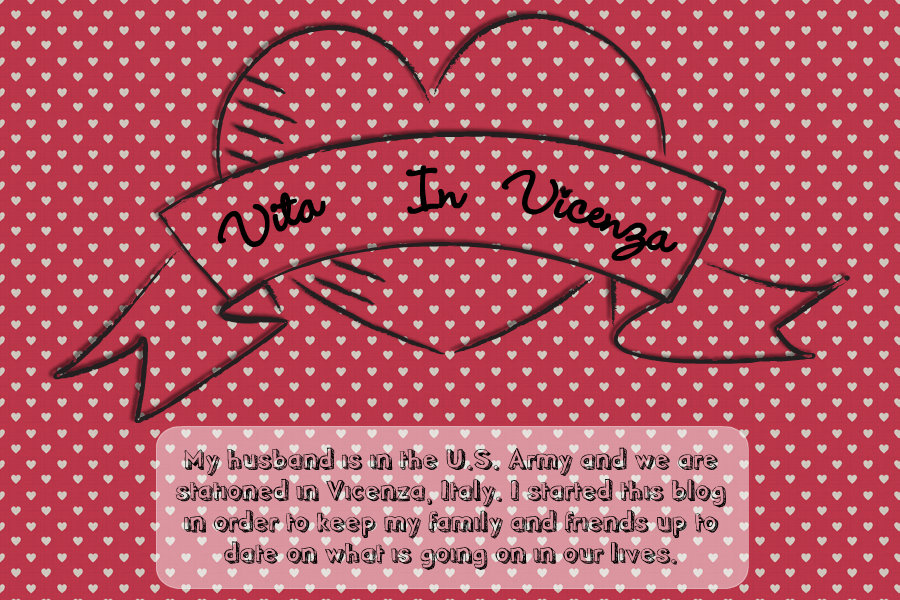Oh man, I'm exhausted and it is only day 2 in Rome!!! Here were go again… :)
St. Peter In Chains Church contains the chains that held Peter when he was imprisoned in Jerusalem and Michelangelo's statue of Moses that was part of the tomb of Pope Julius II.
The chains.
THE COLOSSEUM
The Colosseum was built in A.D. 80. It can accommodate 50,000 fans and only 1/3 of the original Colosseum remains. Some of it was destroyed by earthquakes, but most was taken for other buildings during the Middle Ages and Renaissance.
View from the inside.
Can you see the blocks of marble at the top? They put all of the marble that was left after pillaging up there so people did not have easy access to it.
This is an example of what the floor of the oval shaped arena would have been like back then. You can see the underground passages where the animals and prisoners were held. They had a system of pulleys and ropes where they would send props or animals up through a hidden door in the floor. The actual floor was made of wood and then there was sand covering it. The Latin word for sand is arena…which is why it was know as the arena.
Below is some really really old graffiti. I guess some people got bored during the games and felt the need to scratch their messages into the stone.
And here is the current graffiti. Way to be classy A&M. Of all the places you are going to make your mark…the Colosseum?? Really?
The gladiator contests were eventually banned in A.D. 435 but the animal hunts lasted for a few decades longer. When the Roman Empire began to crumble they shut the doors. For the next 1,000 years homeless people lived there, it was used as shops, a church, a cemetery, and a refuge during invasions. Most of the Colosseum was dismantled by the Romans citizens who hauled off stones to be used to build palaces and churches. Marble was taken and the iron brackets were taken out and melted down.
Arch of Constantine
This arch commemorates a military coup and the acceptance of Christianity by the Roman Empire. It is in honor of the Emperor Constantine who legalized Christianity.
THE ROMAN FORUM
The Roman Forum is an area near the Colosseum that used to be the center of town back in the day. This is a picture overlooking the forum. The arch that you see in the middle right side is the Arch of Titus which commemorate the Roman victory over Judea. It makes me sick to think that Jewish slaves were forced to build this arch whose purpose was to celebrate the defeat of Israel and the destruction of the temple.
The columns on the right are part of the Temple of Saturn which is the Forum's oldest temple built in 497 B.C.
The big arches are what is left of the Basilica of Constantine. It was started by Maxentius and finished by Constantine. It was originally ginormous as you can probably imagine.
On the road that Julius Caesar and many Romans used to walk upon.
They are still excavating areas of the Forum today.
Temple of Julius Caesar
J Caesar's body was burned on this spot after his assassination. He was responsible for clearing out the forum and building grander buildings.
Column of Phocas
This is the Forum's last monument. It was given to Rome from the Byzantine Empire commemorating the pagan Pantheon becoming a Christian Church.
PALATINE HILL
Palatine Hill overlooks the Forum and is the cite where Emperor Domitian's palace once stood. Now it is just good ole Roman ruins.
My favorite tree in Italy- the Umbrella Pine.
Original marble tile.
View of the Colloseum
CAPITAL HILL
This hill was once the religious and political center of ancient Rome and today it is still where the city's government is.
THE PANTHEON
The Pantheon was a Roman temple dedicated to all of the gods. The original temple was built in 27 B.C. Then after a few fires it was rebuilt in A.D. 120 and that is what you see today. The dome was the model for just a few important buildings today…like St. Peter's and the U.S. capitol building.
The roof.
Doing what we did best…eating great Italian food!
Pictures of St. Peter's at dusk.
We found a really close look alike to our cousin Parker.




















































